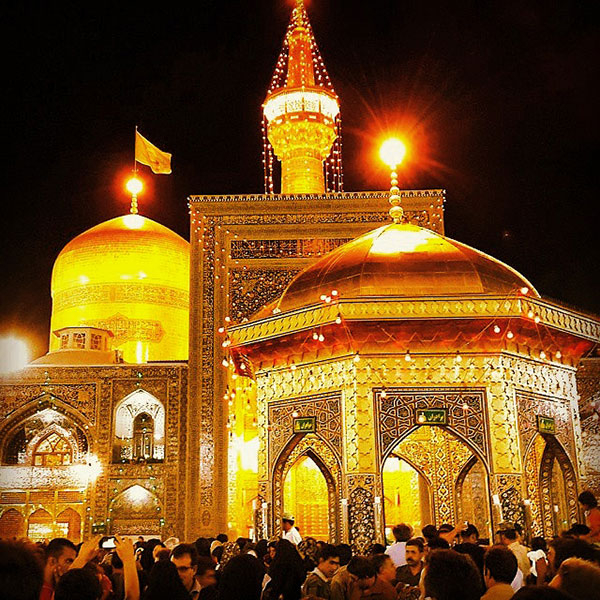In today's Iranian society, Sunnis are the largest religious group after Shiites. Available estimates show that the Sunni religious population of Iran is about eight to 10% of the country's total population which is concentrated or dispersed in the provinces of Sistan and Baluchistan, Kurdistan, Kermanshah, West Azerbaijan, North Khorasan, Razavi, and South, Golestan, Gilan, Ardabil, Hormozgan, Bushehr, Fars, Kerman, Mazandaran, East AzarbaijanZanjan, as well as Tehran and Alborz.
Among the four Sunni schools of thought, Hanafi, Shafi'i, Hanbali and Maliki, the three schools of Hanafi, Shafi'i and, in a more limited way, Hanbali have followers in all corners of Iran. Hanafis are based in Sistan and Baluchistan province, Golestan and North Khorasan, Razavi Khorasan and South Khorasan, Hormozgan and to a lesser extent in Kerman, Mazandaran and Ardabil. Sunni Shafi'is are generally based in the provinces of Kurdistan, West Azerbaijan, Kermanshah, Gilan, Ardabil, Fars, Bushehr, Hormozgan and to a lesser extent in East Azerbaijan. In Zanjan province, there are also some Sunnis who are probably of the Shafi'i religion. A small group of Sunni Iranians are also Hanbali, who are based in the south of the country.
Ahl-e-Sunnat Azerbaijan (provinces: Ardabil, East Azerbaijan, Zanjan and West Azerbaijan)
- Sunni Kurdistan (provinces: Kurdistan, Kermanshah and Kurdish regions of West Azerbaijan)
- Sunni Khorasan (provinces: Razavi Khorasan, North Khorasan and South Khorasan)
- Southern Sunnis (provinces: Fars, Hormozgan and Bushehr)
- Sunnis of Balochistan (provinces: Sistan and Baluchistan and the Baloch areas of Kerman, Hormozgan and South Khorasan)
- Sunni Turkmen of the Sahara (provinces: Golestan, North Khorasan and Mazandaran)
- Sunni Talash (provinces: Ardabil and Gilan)
- Ahl-e-Sunnah Center (provinces: Tehran and Alborz)
After the victory of the Islamic Revolution in February 1979, in the Constitution of the Islamic Republic of Iran, religious minorities were limited to the four religions of Sunnis and Zaidi Shiites, and the known religious minorities were Zoroastrian, Kilimian and Christian (Armenian and Assyrian).
Also, these minorities are respected within the limits of the law, they are free to perform their religious ceremonies, and they are allowed to act according to their religion in their personal circumstances.
According to Article 64 of the Constitution and its amendment, each of the official religious minorities can have a representative in the Parliament.
In some principles of the constitution, there are general interpretations that include religious minorities, such as: the need to provide the basis for public participation of the people in determining their own destiny and providing judicial security for all people (principle 3), protection of the law for all people and equality of rights People (principles 19 and 20), the right to choose a suitable job (principle 28), the right to sue and choose a lawyer (principles 34 and 35).
Therefore, it can be concluded that the constitution of the Islamic Republic has specified more freedoms and rights for religious minorities than the government before revolution.


















